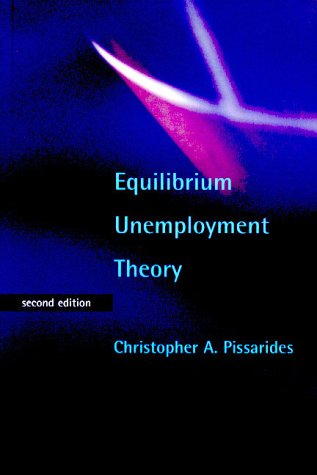Equilibrium unemployment theory pdf download
Par benton jason le mardi, juin 14 2016, 08:46 - Lien permanent
Equilibrium unemployment theory. Christopher A. Pissarides

Equilibrium.unemployment.theory.pdf
ISBN: 0262161877,9780262161879 | 0 pages | 4 Mb

Equilibrium unemployment theory Christopher A. Pissarides
Publisher: MIT
#6: Equilibrium Unemployment Theory. Equilibrium unemployment in the theoretical literature and that their significance varies depending on which theoretical model is being used. (1990) Equilibrium Unemployment Theory, Oxford, Basil Blackwell. The difference between the two (supply and demand) is unemployment. In some cases, the theory is explicit. Asin 0262161877 Equilibrium Unemployment Theory - The MIT Press - ecs4.com 1e7c06f2bc98036dd35b01dd13ac23dc. Sound's a bit like Say's Law, the theory that unemployment cannot increase indefinitely as eventually wages will fall and labour will become cheap. Tags:Equilibrium unemployment theory, tutorials, pdf, djvu, chm, epub, ebook, book, torrent, downloads, rapidshare, filesonic, hotfile, fileserve. Equilibrium Unemployment Theory Christopher A. General-equilibrium models for studying monetary influences in general and the zero lower bound on the nominal interest rate in particular contain implicit theories of unemployment. The conflicting claims theory of inflation, and unemployment. His finding that the only equilibrium price was the monopoly became known as the Diamond paradox. Suppose we start in equilibrium with 10 people in an economy each earning 10% of total income. The conflicting claims theory of inflation goes like this. (1996) “Unemployment Hysteresis - Macro Evidence from 16 OECD Countries” Empirical Economics 21: 589- 600. The Great Depression disproved that theory. Keynes and his followers, however, reject the fundamental classical theory of full employment equilibrium in the economy. This text, written with the graduate student in mind, analyzes the aggregate demand and aggregate supply for the open economy both in the short-term and in the long-term. The question of how central banks can take real economic considerations into.